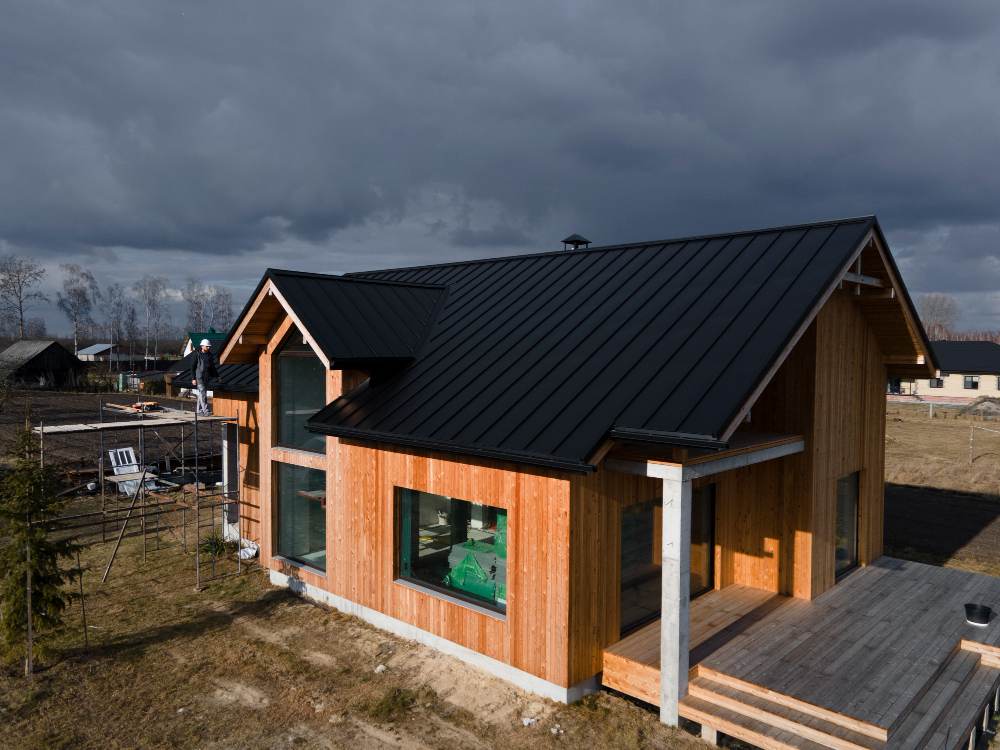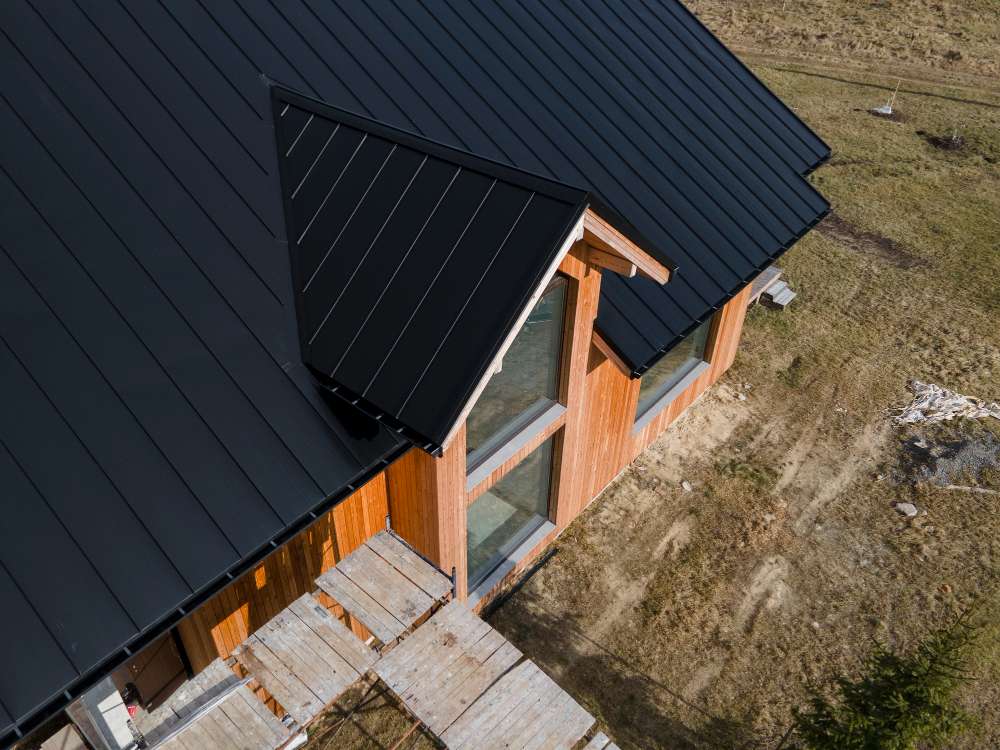
Permitted development rights allow various kinds of development in England without formal planning consent. A statutory instrument, the Town and Country Planning, also known as the General Permitted Development Order (GDPO), England controls these rights.
Permitted development rights include property owners’ rights to change the usage or extend their properties without needing prior consent from local authorities. There is a vital role of permitted development rights in the planning system as it aids the well-documented resource issues for Local Planning Authorities. It also incentivises specific types of development for the applicants.
The amendments in the permitted development rights have extended the temporary consent for land usage for campsites from 28 days to 60 days per year. Offering flexibility for the filmmaking industry and securing prison locations, the changes also include temporary consent to utilise land for motor homes siting, in relation to a festival for up to 28 days annually. Thus, the main benefit of these changes is for those with temporary camping sites; however, temporary caravan sites still require formal planning permission.
In July 2023, the Chief Planner of the Department for Levelling Up, Housing & Communities (DLUHC), announced that there would be new amendments to change the processes for permitted development. These changes were intended to boost the housing supply and give more financial support to the UK’s local authorities.
Based on these reforms, local authorities will be encouraged to promote brownfield development. It will help enable the adequate provision of new and high-quality homes all over the country.
Depending on the type of application, planning applications’ fees are set to rise by 25% to 35%.
Although the permitted development rights scheme is expanding, your project must fulfil specific design guidelines under the Permitted Development Technical Guidance. These limitations restrain the applicability of these rights due to the city’s unique planning challenges.
If you are starting such kind of project, there should be no windows in the side elevation’s wall or roof slope in the additional storeys. In the case of detached houses with two or more storeys, you can add up to 2 more on the topmost storeys. The newly extended house’s maximum height limit is 18m, and terraces should not be more than 3.5m high relative to the next tallest terrace.
Garage conversion comes under the permitted development rights as long as all the work is done internally, utilises similar building materials, and does not expand the building.
Regarding porch extension, the total area should not extend 3m2, and the height should not be more than 3m relative to the ground level. No part of the porch should be within 2m of the public highway, including pedestrian walkways.
For outbuildings, the height at the eaves should not be more than 2.5m and 4m in the case of dual-pitched. Its maximum height should be 2.5m within 2m of the shared boundary, occupying not more than 50% of the land around the dwelling.


A loft conversion is subjected to a volume allowance of 50m3 extra roof space for detached and semi-detached homes. It should use similar building materials as used in the existing property, and there should be no window on the side of any wall or roof slope. The roof pitch should be similar to the existing house’s roof pitch with a dormer wall set back almost 20cm from the already present wall face.
The non-opening windows should be used in this project if their height is less than 1.7m from the floor level, and side windows should be frosted.
This type of extension includes the rear side of your house and should not extend beyond the existing house’s rear wall by 4m (detached house) and 3m (attached house). Similar building materials should be used as present in the existing home. It should cover less than 50% of the original home’s land with a height of less than 4m, and its eaves and ridge should not be taller than the already constructed home.
This extension involves the side of a house where similar building materials should be used as utilised in the existing home. It should take up less than 50% of the land’s size and width of the original property. Its height should be less than 4m, with eaves and ridges not taller than the existing home.
To be a part of permitted development rights, a two-storey extension should not involve windows in the wall or roof slope of side elevation in the additional storeys being constructed. It should occupy less than 50% of the original house’s width and less than 50% of the land around the house property.
It should involve the utilisation of similar building materials as used in the existing house’s construction. Its eaves and ridge should not be taller than the existing home, and terraces should not exceed 3.5m compared to the next tallest terrace.
It combines rear and side extensions, demanding individual adherence to both extensions’ criteria. This type of extension falls under the permitted development rights as long as it does not exceed half of the width of the original house.
Permitted development also covers the alterations such as:
There are some exceptional areas which require planning permission before project initiation:
Before starting any extension project, always check that you are located in those areas that fall under the permitted development rights 2024.